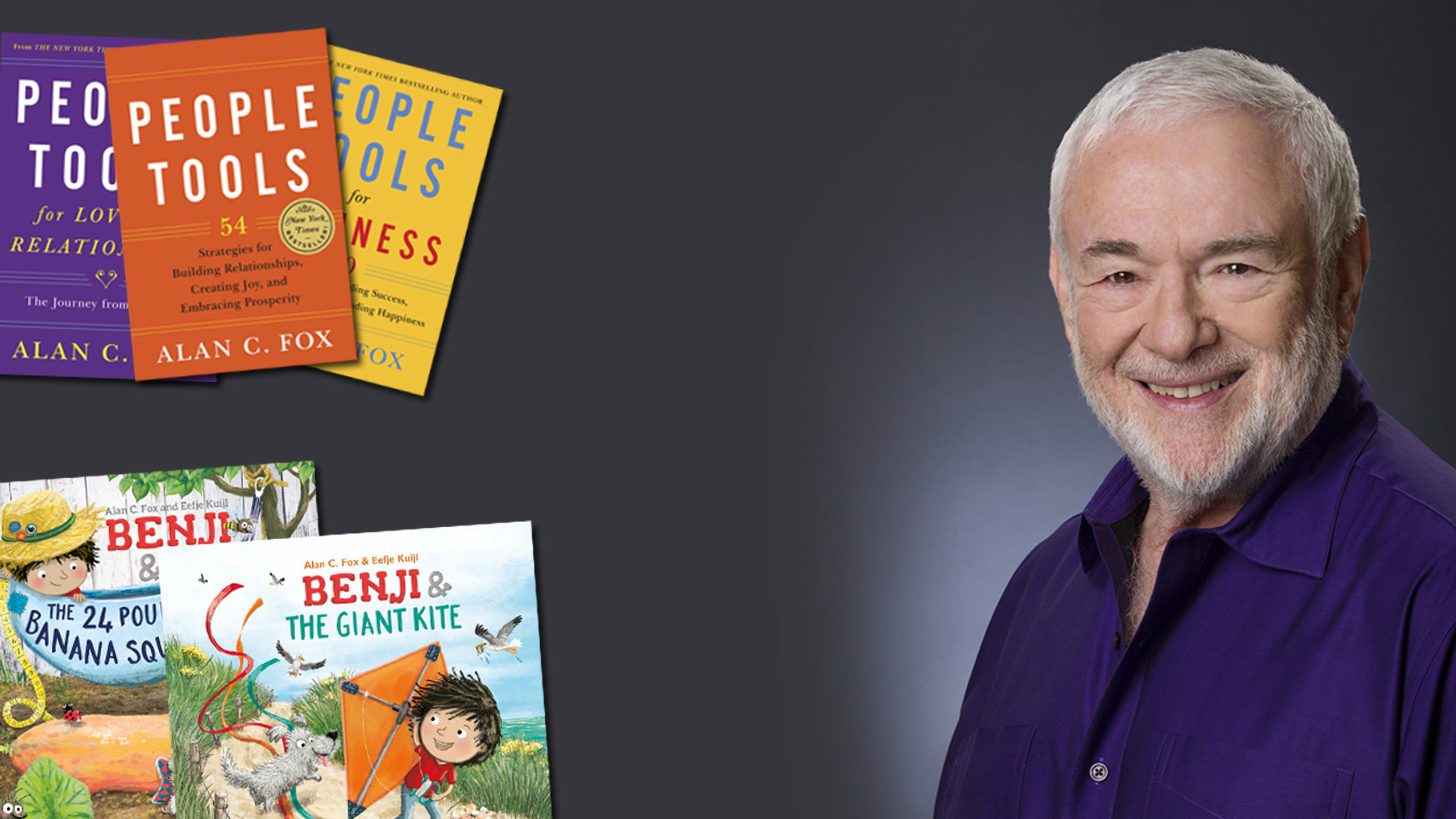Are you only as good as you need to be?
Before you answer, I offer the observation that, in my experience, none of us is as good all of the time as we can be part of the time. Try as we might, we can’t be at “our best” every hour of every day. And this is just fine. Sometimes it is really important to be at your best, at other times it is not as important.
So the real question is, “How do you allocate your attention and energy so that you can be at your best—your peak performance—when it’s most important?”
For me, the most important daily task I engage in which I always want to be my best at is driving. As I told each of my children when they were first learning to drive, if your attention wanders for half an hour in class your grade may suffer. If your attention wanders for five seconds while you are driving a car, the consequences could be far worse. In five seconds of inattention you could be dead, or confined to a wheel chair for the rest of your life. I always aim to be as good at driving as I possibly can every time I drive.
Whenever I walk down a flight of stairs, I’m equally careful. I pay strict attention to my balance and hold on to the railing (if there is one). Physical safety is my number one issue, and in this area I always want to be as good as I can be. An accidental fall, especially one that involves hitting your head on a hard surface, causes many premature deaths.
My father is a world-renowned teacher of brass instruments. I have seen him, in just a few minutes, help hundreds of students dramatically improve their playing of any wind instrument. A typical lesson with a new student often ends with my father’s standard advice, which he himself has lived by:
 “Even if you’re practicing on a desert island and there is no one within a thousand miles to hear you, you still must pay strict attention to what you’re doing. You must approach each practice session as if it was the most important concert of your career.”
“Even if you’re practicing on a desert island and there is no one within a thousand miles to hear you, you still must pay strict attention to what you’re doing. You must approach each practice session as if it was the most important concert of your career.”
That makes perfect sense to me. When you reinforce a bad habit in practice it will inevitably creep into your performance as well.
It is said that “life is not a dress rehearsal.” Today is the real thing. You only have one shot at today and, if you’re lucky, tomorrow.
Consider how much fun it can be to perform a task, even a simple one, to the best of your ability. Please note that I am not talking about perfection. Far from it. I’m simply talking about doing any task, such as my writing this blog, in the best way I can today. Hopefully, the habit of doing my best will help me to write even better for next week’s blog, and even better than that for my blog the week following.
Think about it.
Are you only as good as you need to be? Or are you as good as you can be? The concert is today.
Alan





